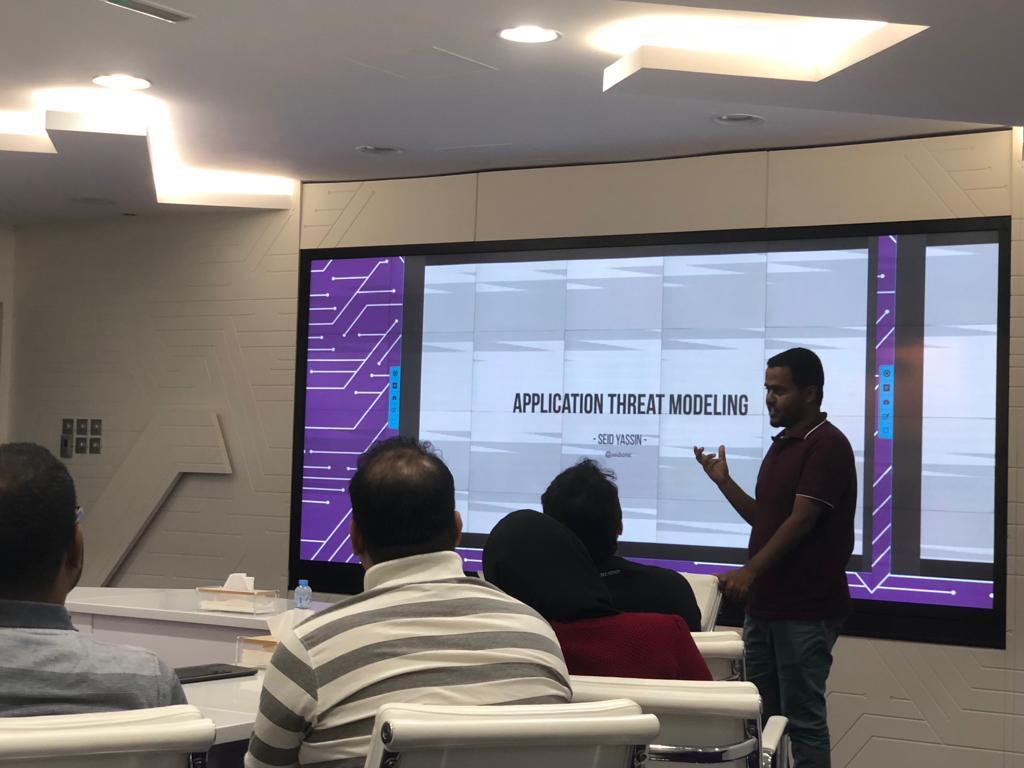Application Threat Modelling

It is essential to build security into the Software Development Life Cycle (SDLC) to prevent reoccurring security problems within an application.
Identifying potential threats against the system modeled is one of the main goals of the Threat Modeling process. By understanding the threats it is possible to determine an application’s vulnerabilities. Microsoft developed the STRIDE model for identifying and classifying threats into categories. STRIDE is an acronym for: Spoofing, Tampering, Repudiation, Information Disclosure, Denial of Service and Elevation of Privilege.
Application Threat Modelling

Identifying potential threats against the system modeled is one of the main goals of the Threat Modeling process. By understanding the threats it is possible to determine an application’s vulnerabilities. Microsoft developed the STRIDE model for identifying and classifying threats into categories. STRIDE is an acronym for: Spoofing, Tampering, Repudiation, Information Disclosure, Denial of Service and Elevation of Privilege.
See also: